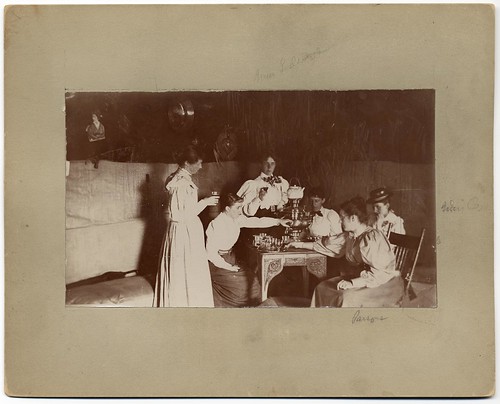From the previous list of potential research questions which I had come up with in Week 1’s post, the topic I chose to further explore today was the history of tea. Here is my research question:
What part has tea played in the development of modern American culture and how does its uses and patterns of consumption in America compare across cultures to countries such as China, India, and Great Britain where it is known that tea is consumed and/or produced on a much greater scale?
In researching this subject I found that the database Proquest: Historical Newspapers was a great places to find sources and information on. An article written by Judy Graves and published in the New York Times on February 6, 1938 entitled, “Tea Drinking Among Americans Comes of Age: The Men Have Taken to the Cup That Cheers And Now Rival the Tea Tasters as Connoisseurs“, was interesting because it talked how the U.S. had a special group of designated men who made up the United States Board of Tea Experts. This fascinated me not only because I did not know that such a board ever existed but also because graves reported that the consumption of tea in America in the previous year (1937) had increased dramatically by 14,236, 631 pounds bring the total tea consumption up to 95,552, 828 pounds. (That’s a lot of tea!) The article highlighted the changes from tea being a women’s drink to also being consumed by men and the supposed reason for that.
Through Archive Finder I found a collection called the Americana Collection from the Rosenbach Museum and Library, Philadelphia PA . I went to the Rosenbach website and did an advanced search and found a Mote Spoon, a tool used in the making of tea. The the spoon, which dates to 1730-60, seems to have been made in England.
Here is a photo from Flickr Commons entitled “St. Paul School of Fine Arts Classes” where women can be seen drinking tea ( … maybe they are taking a tea break or perhaps learning the etiquette of tea time, serving, and drinking tea).


